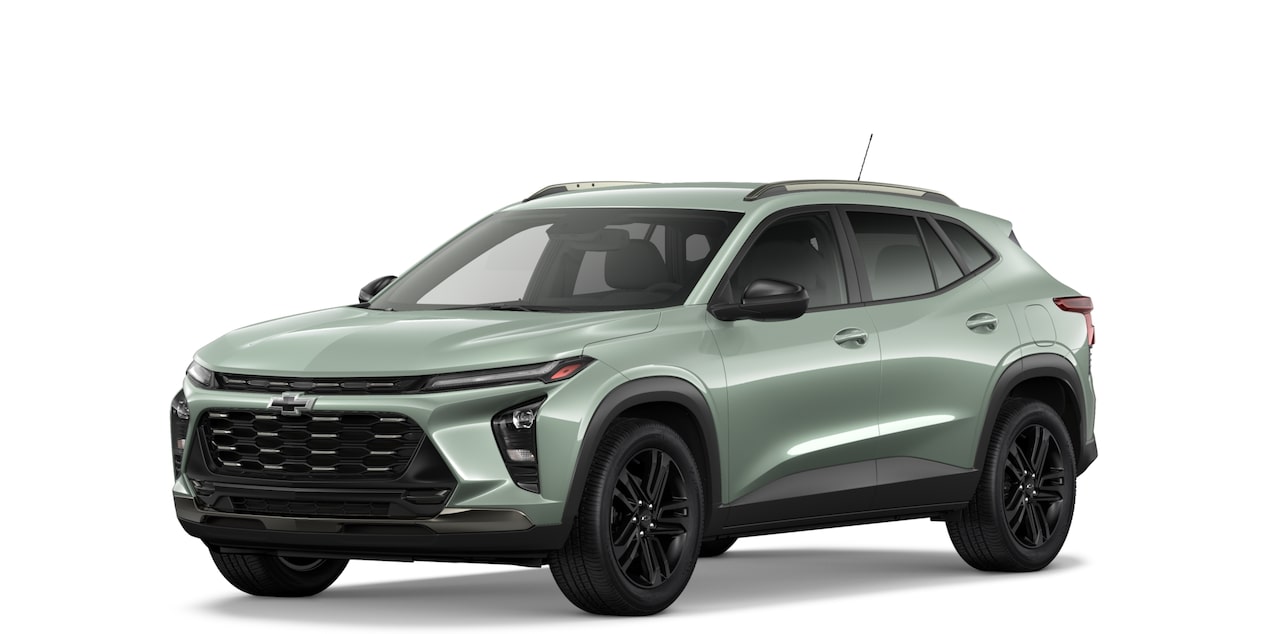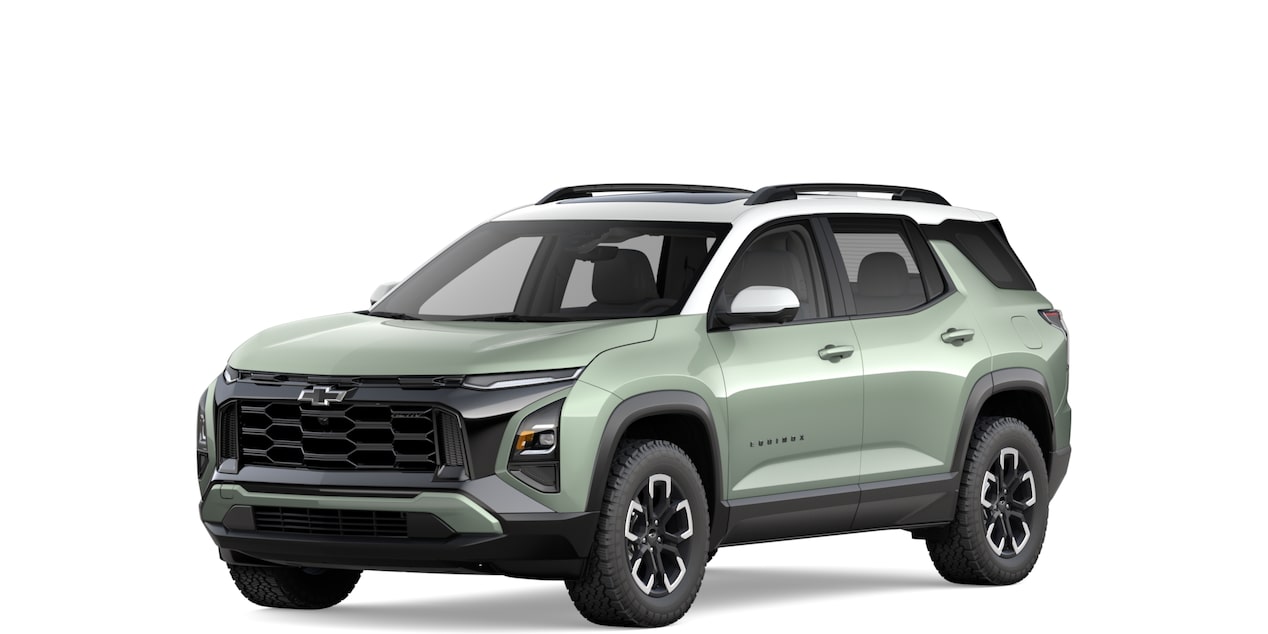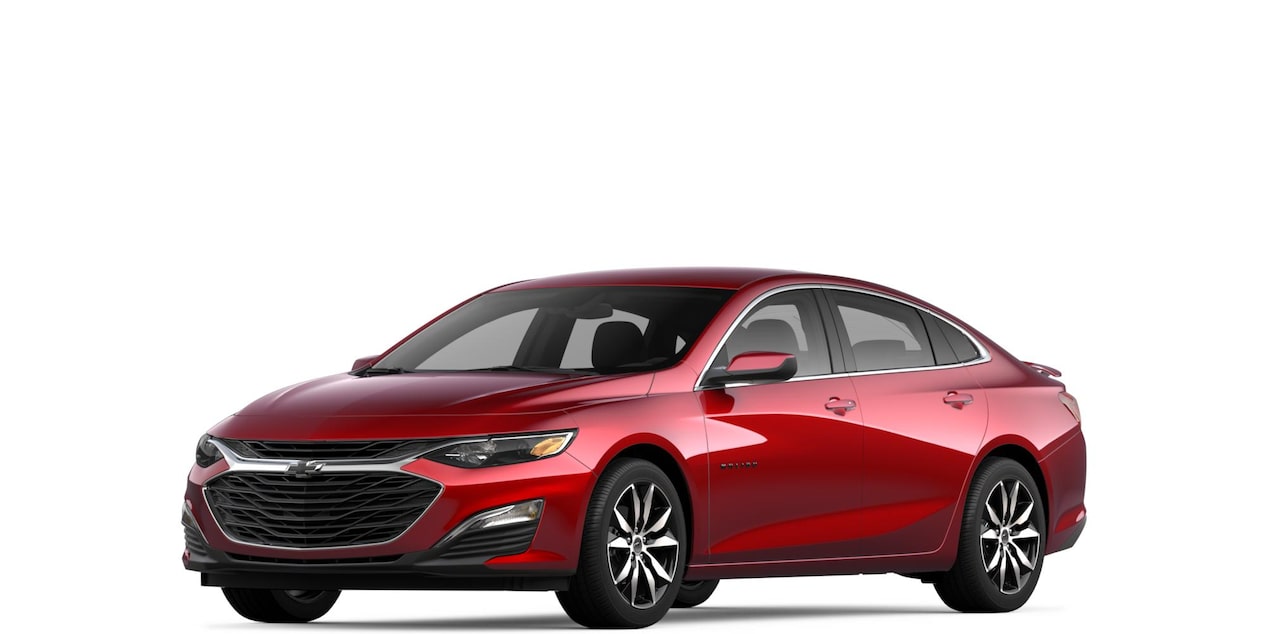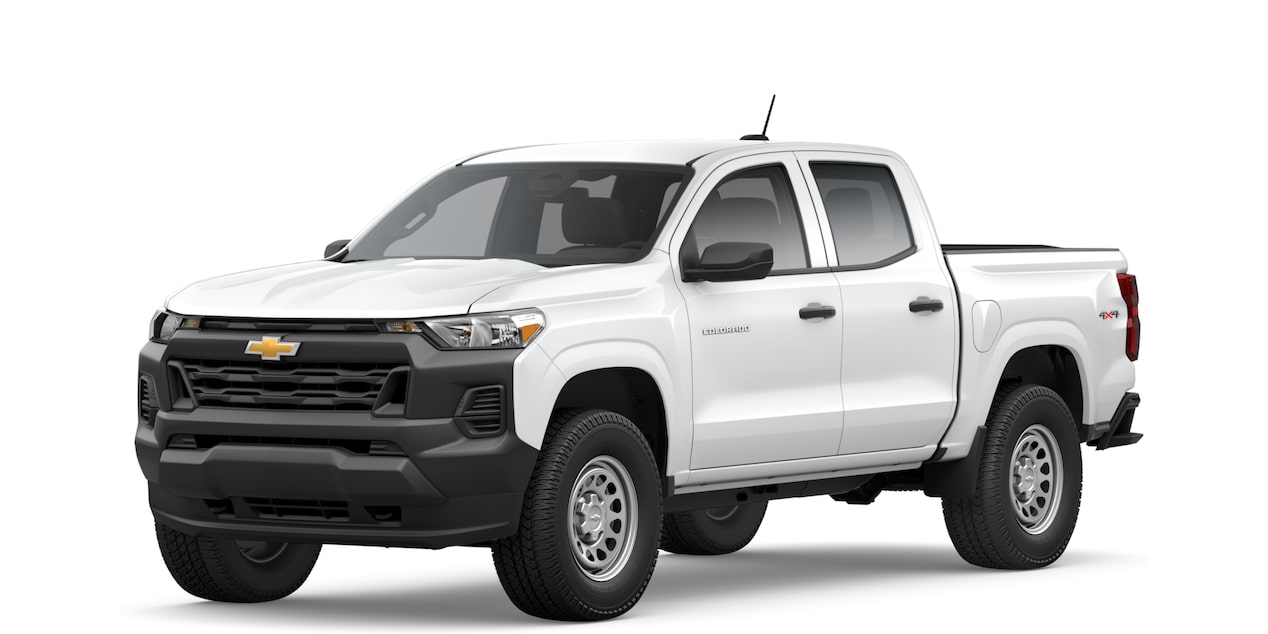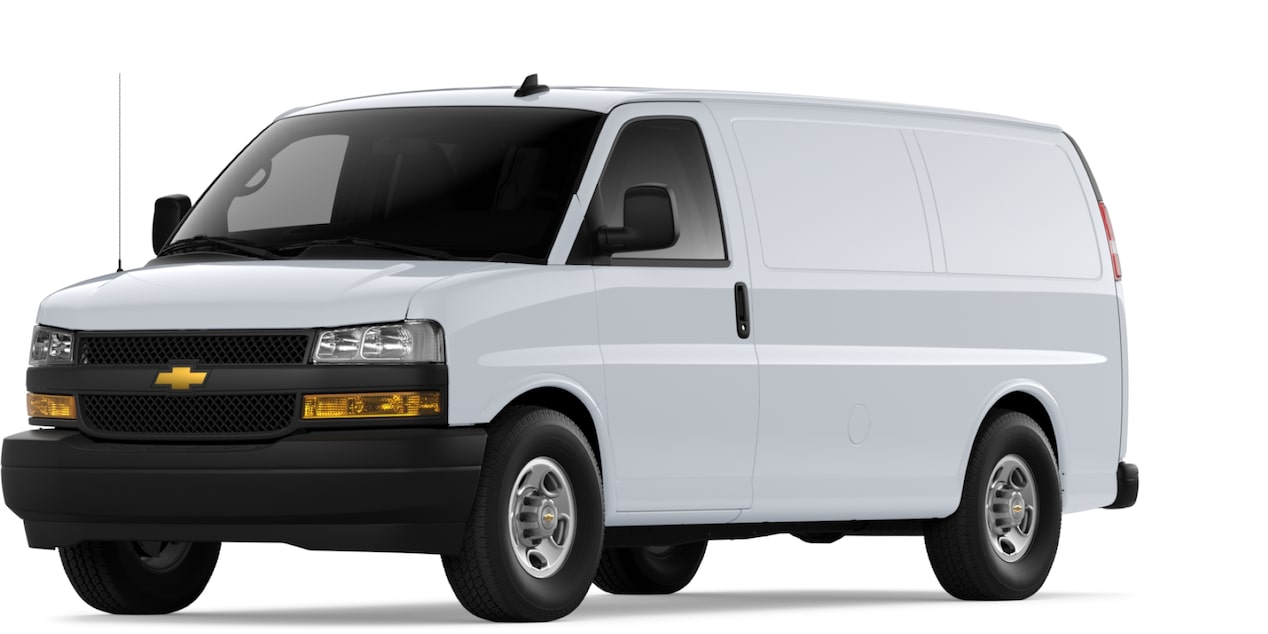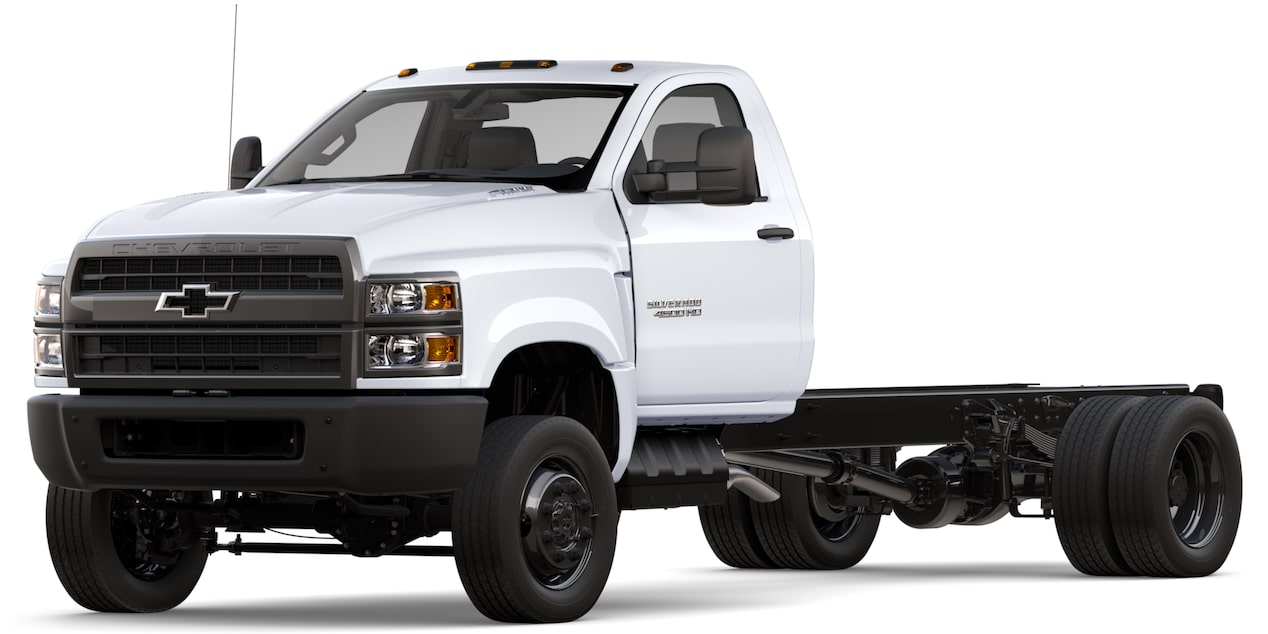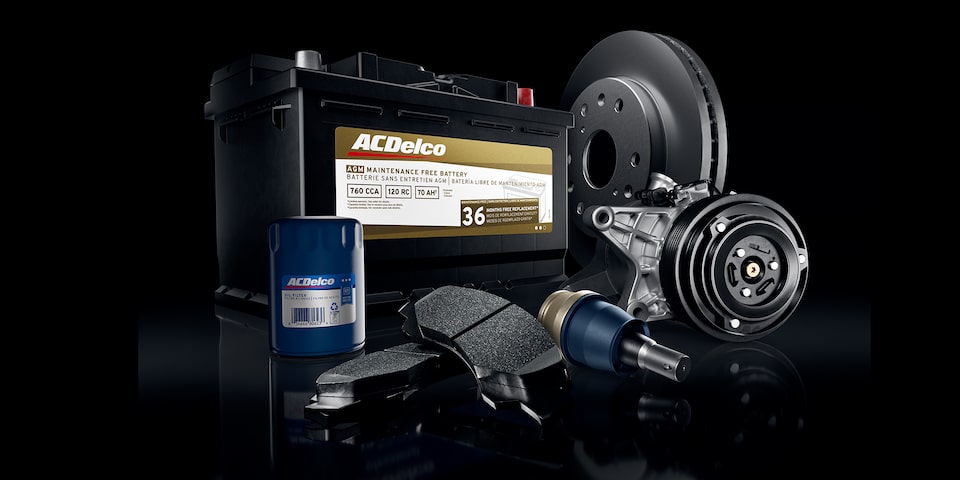The confidence of stopping power
A well-maintained braking system is crucial for a safe and successful drive. Pads, rotors and calipers will need to be repaired or replaced as part of regular brake service. But don’t worry, we have you covered. If you’re noticing signs of brake wear or are just looking for a routine inspection, visit your local Chevrolet dealer, where Chevrolet Certified Service experts can get confidently back on the road.
Are your brakes signaling a problem?
Sometimes, your Chevrolet vehicle’s brakes will alert you when there’s trouble. Whistling noises, chirping sounds, and grinding are indications that brake service is required. Here are some common causes of brake pedal pulsation and/or noise:
- Worn brake pads
- Heat-cracked or worn rotors
- Loose-fitting brake pads in the caliper
- Missing or damaged noise insulators
- Uneven torque of lug nuts or caliper hardware
Shop the GM Parts Store
Did you know you can now buy GM Genuine Parts or ACDelco parts straight from the source? The GM Parts Store is your one-stop shop for OEM parts online, designed for your vehicle and built to last. Buy the right parts for your vehicle from the comfort of home.
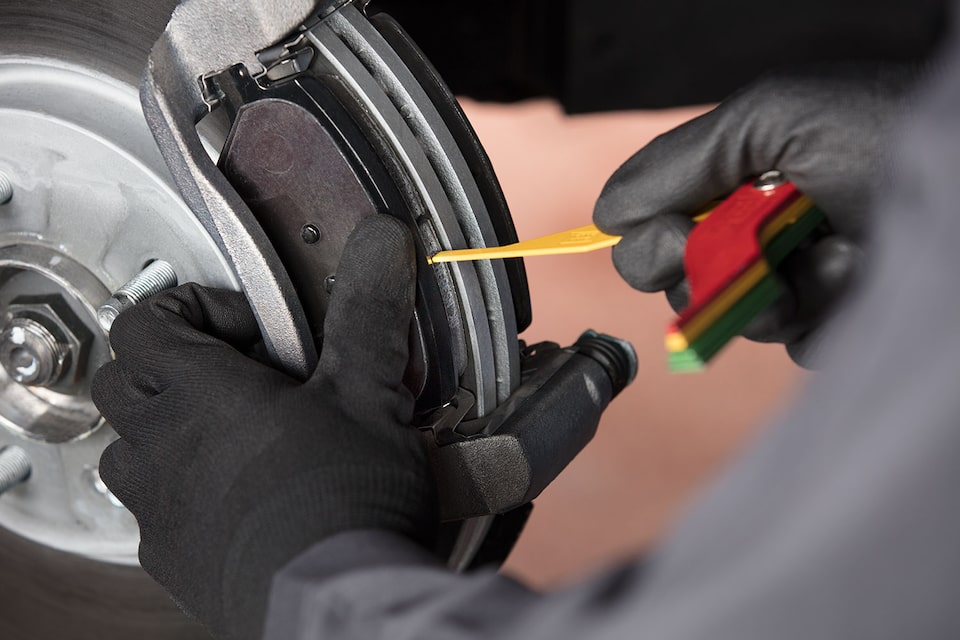
The life of a brake pad
Brake pad life depends on driving habits, vehicle usage, and operating environment. Brake systems are designed to provide 20,000 to 25,000 miles of pad life in very severe use (such as heavy-traffic urban areas) and will give 40,000 to 60,000 miles of pad life in average use. Factors that will reduce pad life include frequent heavy braking, elevated temperatures (caused by high-speed braking, driving in mountainous areas), driving with the vehicle heavily loaded, and severe environments such as high-corrosion areas and areas with a lot of road debris and dust.




